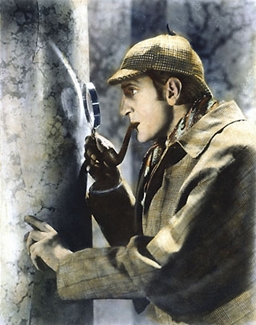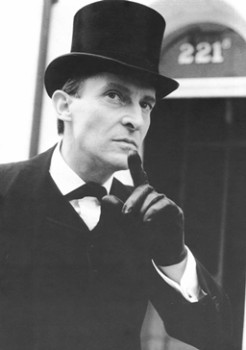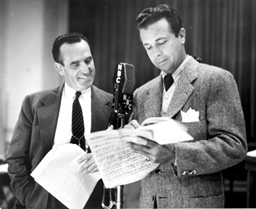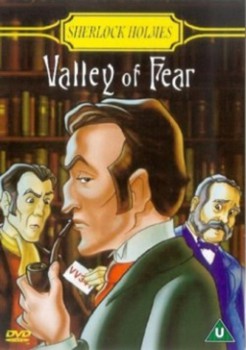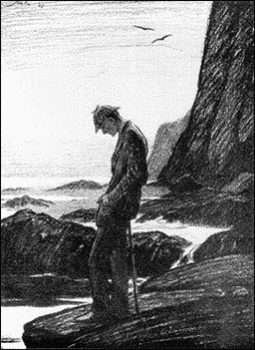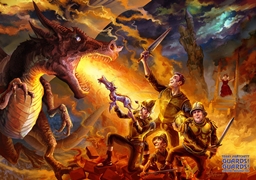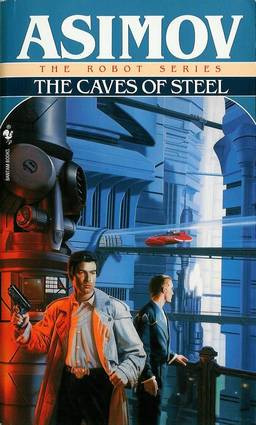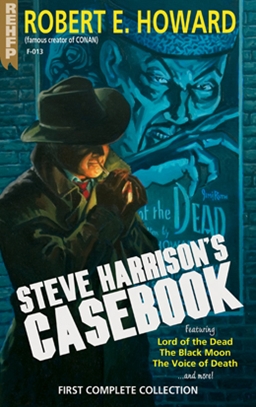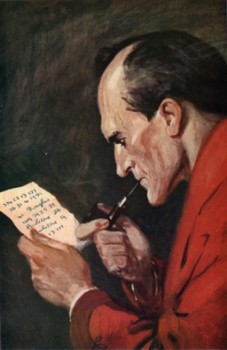The Public Life of Sherlock Holmes: Looking at The Bruce Partington Plans
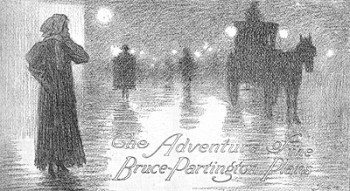 Solar Pons is, of course, the next best thing to Sherlock Holmes (which you know because you read THIS post, right?). I’m a Pons fan and I run www.SolarPons.com, the only website dedicated to The Sherlock Holmes of Praed Street.
Solar Pons is, of course, the next best thing to Sherlock Holmes (which you know because you read THIS post, right?). I’m a Pons fan and I run www.SolarPons.com, the only website dedicated to The Sherlock Holmes of Praed Street.
Along with my two free, electronic newsletters (The Solar Pons Gazette and Baker Street Essays), the heart of the site is a collection of (non-spoiler) case commentaries for August Derleth’s stories. Some day, it will also host commentaries for the Basil Copper pastiches.
One of the many projects on my ‘To Do’ list (which might as well be Wish list) is to write case commentaries for the sixty Holmes stories written by Sir Arthur Conan Doyle. I’ve done one (woohoo!!!). First, if you haven’t done so, you really, really, really (I mean, really) need to read “The Bruce Partington Plans.” It’s a short story; won’t take long. And the rest of this post will actually mean something to you.
Each case commentary includes a non-spoiler preview of the story, some notable quotes, and a plethora of miscellaneous observations and comments. I’m probably in the minority, but I think there is some good stuff below and you’ll know a bit more about the story after you read it. So, come, the game is afoot!
